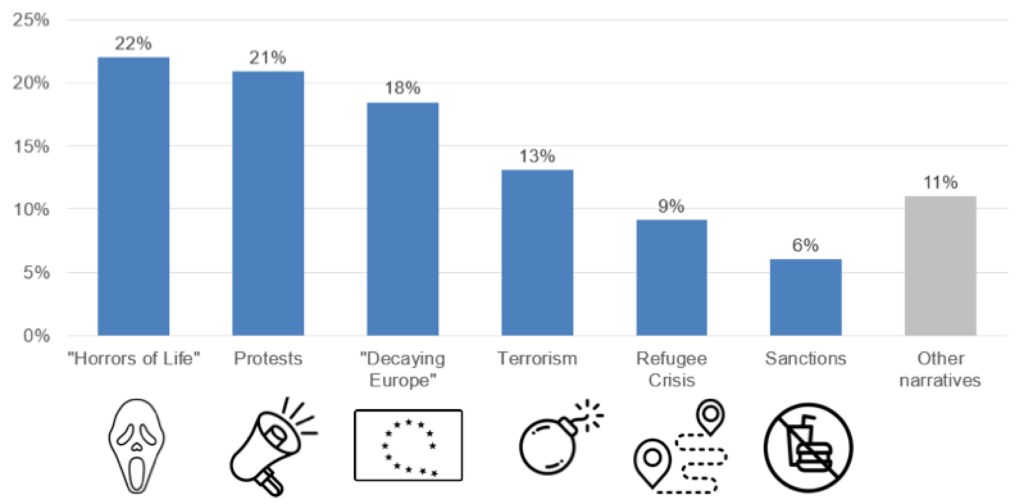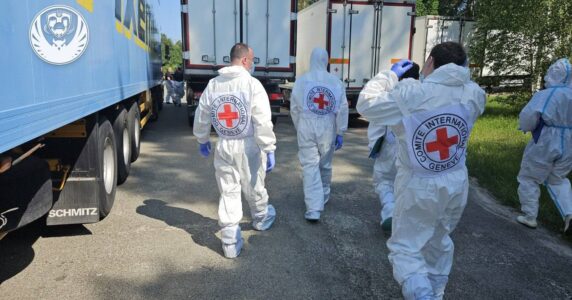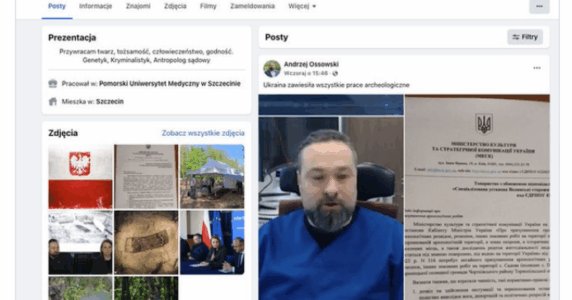Navigation and useful materials
Non-governmental organization, Ukraine Crisis Media Center (UCMC), has been working to address the issue of Russian disinformation since the beginning of the Russian military aggression against Ukraine in 2014. Based on vast practical experience of revealing the cases of deliberate disinformation, the UCMC team has learned that even when obvious fakes are exposed to facts, they usually do not change the judgment of the core of the targeted audience.
That understanding pushed UCMC to realize that the Russian propaganda method is based on narratives, which are suggested to be analyzed as key structural elements of Russian disinformation campaigns. These narratives are overarching, basic and emotional. They provide easy to comprehend explanations and alleged motives of real events, which makes the latter more meaningful and thus comfortable for an average Russian news viewer. Once established narratives become very sustainable to any fact-checking, they can always deny any accusations by making counter-accusations. For instance, frequency of usage of terms “Anti-Russia hysteria” and “Russophobia” has increased by a dozen times in 2017 on RT, Sputnik and by Russian Foreign Ministry.
We have conducted this research of narratives in Russian media on a massive amount of monitoring data. UCMC’s Hybrid Warfare Analytical Group (HWAG) has thoroughly studied all newscasts and political talk-shows on the three biggest Russian national TV channels (Chanel One, Russia 1, NTV) for the period of 3,5 years: July 1, 2014 – December 31, 2017. All three researched channels are under full Kremlin’s control. All mentions of European countries or EU as an entity have been analyzed.
The average ratio of negative to positive news about Europe is 85% to 15%. In other words, according to Russian media life in Europe is horribly difficult. At the same time, there are two countries, which are depicted positively. They are Belarus and Switzerland.
Europe is mentioned negatively 18 times per day on the researched channels. One can compare it to such top of mind brand as Coca-Cola with “only” 6 ads per day, on average, to grasp the scale of informational pressure targeted at Russian viewers. In total, that is 22’711 negative mentions of European countries for the researched period. However, Russian disinformation is focused and disciplined. 88% of all negative news can be categorized in six main narratives. They are the following in the descending order of share of voice.
1) “Horrors of Life” — everyday life in Europe is unstable, dangerous and unfair.
2) “Decaying Europe” — Europe is not united and falls apart, because there is erosion of morale values.
3) Protests — there are never ending protests in Europe, because its institutions are weak and unstable.
4) Terrorism — Europe is unsafe, because it is under constant attack.
5) Refugee Crisis — Europe has provoked it and failed to manage it.
6) Sanctions — Sanctions hurt EU much more than they hurt Russia, but the U.S. doesn’t allow EU to remove sanctions.

To “prove” the above mentioned narratives Russian media often select minor, insignificant problems of European countries, while real issues are heavily exaggerated and their coverage is manipulated. Thus, Kremlin is building up “stability” as the most important value worth degradation in most other spheres. It contraposes alleged EU’s, and even wider the West’s, “instability” to Russian’s “stability” that has to be cherished.
We reckon that the tremendous resources that Kremlin puts within these narratives create serious long-term threats for Europe.
1. Russian audience is being convinced not to accept European liberal values, neither today nor tomorrow.
2. Russian audience is being prepared for potential conflicts with the West and is trained to feel right and motivated to take over the “weak and divided” Europe.
3. An average European is being dehumanized. He/She is depicted as strange, depraved, unfair. Therefore, it is assumed that Russians have ethical superiority over Europeans.
Although this disinformation is targeted at the Russian domestic audience it is important for Europeans to be aware of the external nature of threats emerging from that. Top Russian TV channels are deliberately depicting European (liberal) values as “toxic” and thus they are convincing Russians that they have the right to be aggressive toward Europe. Therefore, the European way of life comes as a threat, and public opinion is being prepared for the fact that Russia has the right to bring order in Europe.
Read the full report:
If you have found a spelling error, please, notify us by selecting that text and pressing Ctrl+Enter.


